Shop
The bascinet was the most commonly used helm in the Middle Ages. Beginning in the XIV century and continuing into the XV century, the bascinet began to develop different features. For example, from approximately 1360 – 1370, the bascinet acquired a new type of visor connection called the “Klappvisor”. This fully visored style of bascinet
Greaves were an important component of the armor of many troops, including Western European knights and Roman legionnaires and centurions. They were widely used by cavalry to protect legs and heels while riding a horse. Our base-option Closed Greaves are made of 1.5mm cold rolled steel. They conform to the shape of your calves, making
Our Elbow Cops with Rondels are based off armor from the XIV and early XV centuries. These elbow cops are equipped with bowl-shaped rondels and a reinforcement rib which goes all around the edge of the rondel. The elbow of the piece is slightly pointed at the olecranon area. Our Elbow Cops with Rondels are
Our XV Century Sallet is based on the Sallet helmet from the castle of Churburg (Castel Coira) in South Tirol. The original helmet is preserved in the armor collection of the Royal Armouries, Leeds. Dated c. 1460 with an object number of II.168 A, the main edge of the helm has a plain outer turn line.
This late XV century full plate arm protection consists of: pauldrons, rerebraces, elbow cops and vambraces. In the first quarter of the XV century, Milanese armorers invented a very simple way to connect all the arm protection segments with the help of leather straps or sliding rivets. This invention eliminated all the gaps in arm
Armets first appeared in the XV century and saw widespread use across Europe in countries such as Italy, Spain, France, and England. It is a fully enclosing helmet and has multiple articulation points in the visor, allowing for different levels of “openness”. Also of note is the tapering of the form at the neck, which
Cylindrical shaped helmets appeared starting in approximately 1180. Often dubbed great helms or tophelms, they were in use from the middle of the XII until the XIV century. Tophelms were made to fit closely to the head of knight and some of them even had proto visor that could be opened like a small door,
Great Helm also known as Tophelm was worn upon the bascinet and chainmail hood. The historical artifact of our Great Helm Bolzano was found in Bolzano/Bozen, region: Trentino-Alto Adige/Südtirol, Italy. Dated by 1300 year. Apparently it was made in Germany. We can presume that the helmet was owned by a knight who belonged to the
The ruin of the fortress of Chalcis (Greek “Χαλκίδα”) is located on the Greek island of Euboea. In 1157 it was pillaged by Normans. Beginning in 1209 the fortress became a Venetian colony, renamed Negroponte, and was one of the easternmost military outposts of the Venetian Empire. In 1470, after a couple of years of hard
Our Plate Spine Protection augments your already extant spine protection and was developed specifically for those who engage in full contact medieval combat sports. The steel rondel usually found on the back of the aventail isn’t always enough which is why you’ll need our plate spine protection for buhurt. It consists of a curved neck
The main element of any set of armor is a helmet. In any role-playing game or reenactment, you need a reliable helmet to protect the most valuable part of your body. Helmets are designed to be as durable as possible and to stand up to any weapon or blow without losing their shape. Our Great
Charles VI (1368-1422), King of France, was called the Beloved and the Mad (French: le Bien-Aimé, le Fol or le Fou). This helmet is based on the bascinet of Charles VI from the collection of “Le Trésor de la cathédrale” (Chartres, France). It has a so-called “sparrow’s beak” visor (french: visière à bec de passereau).


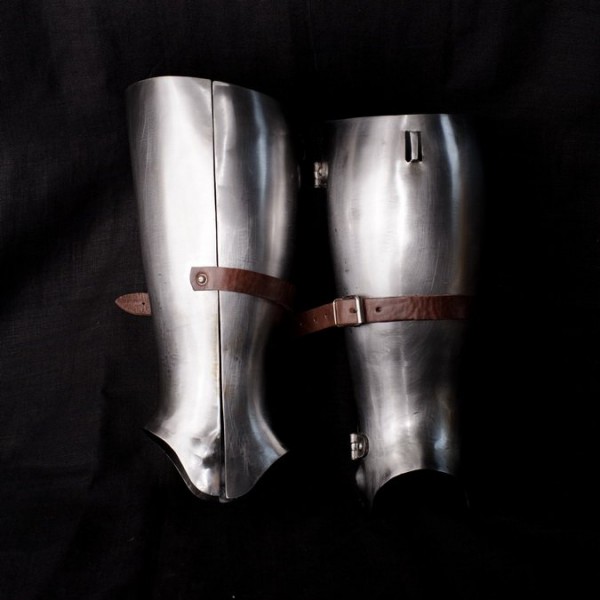
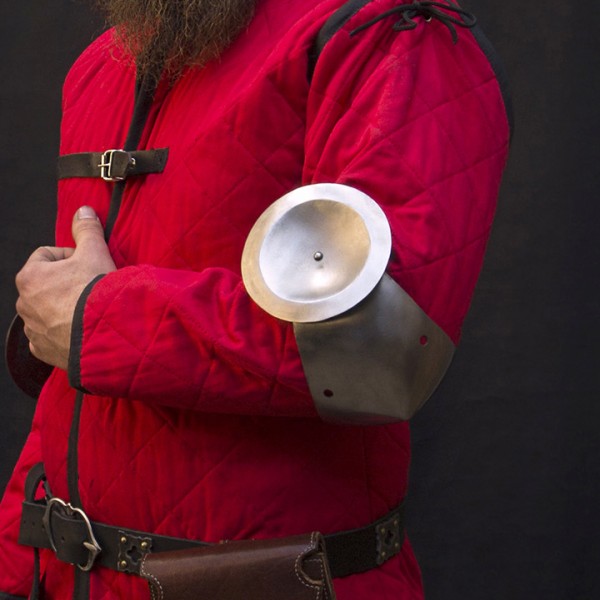
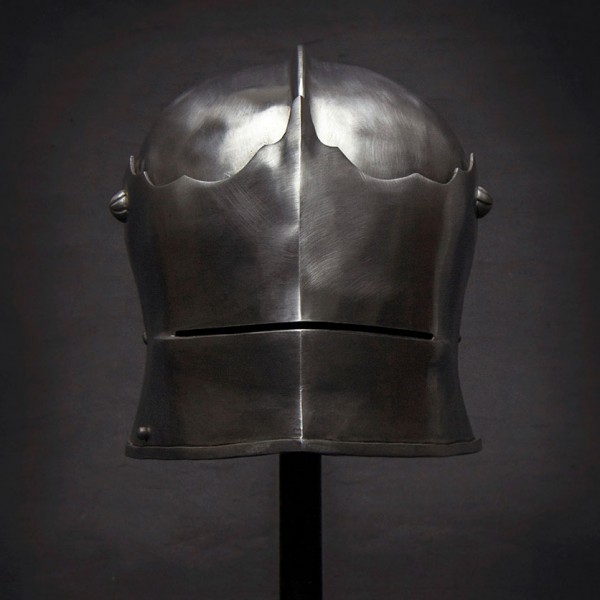
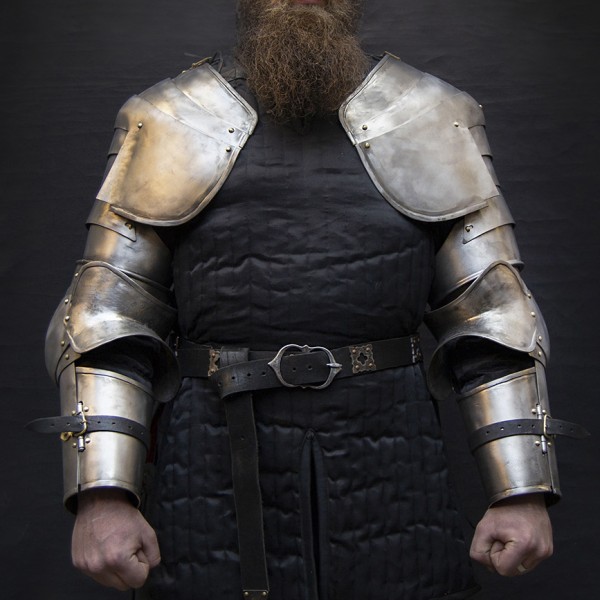


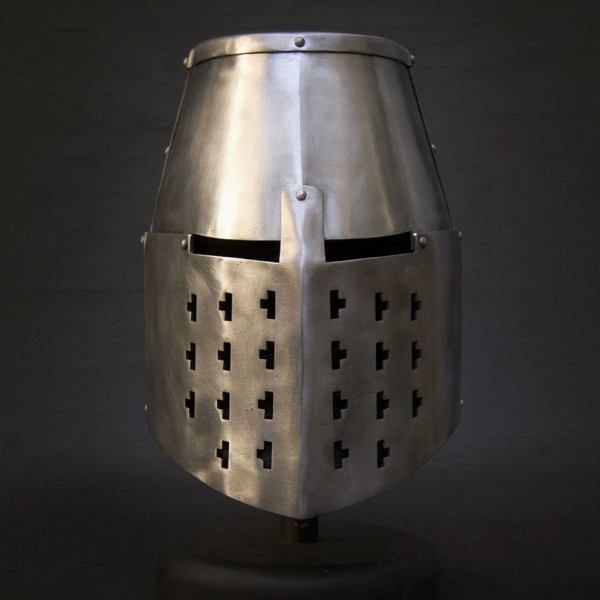


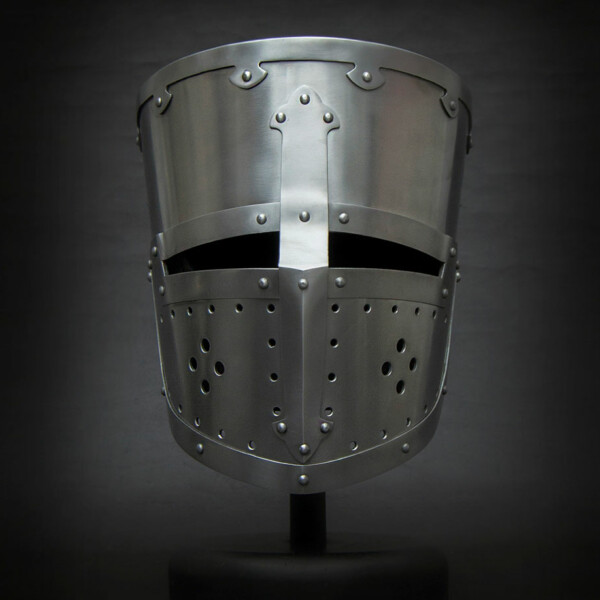
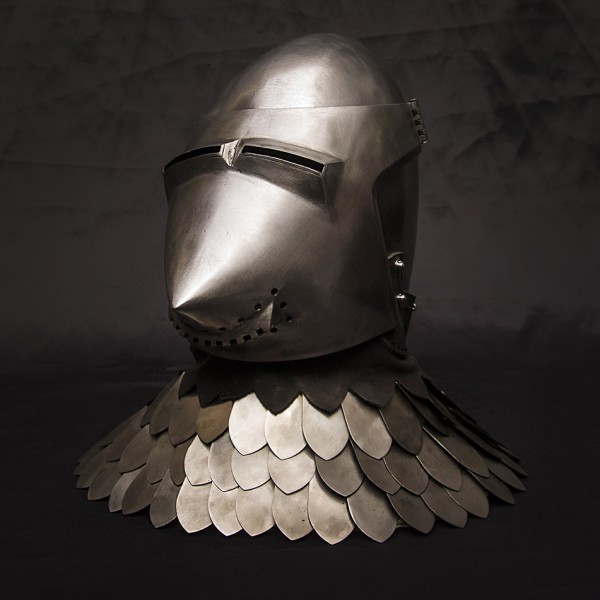
 Shop
Shop